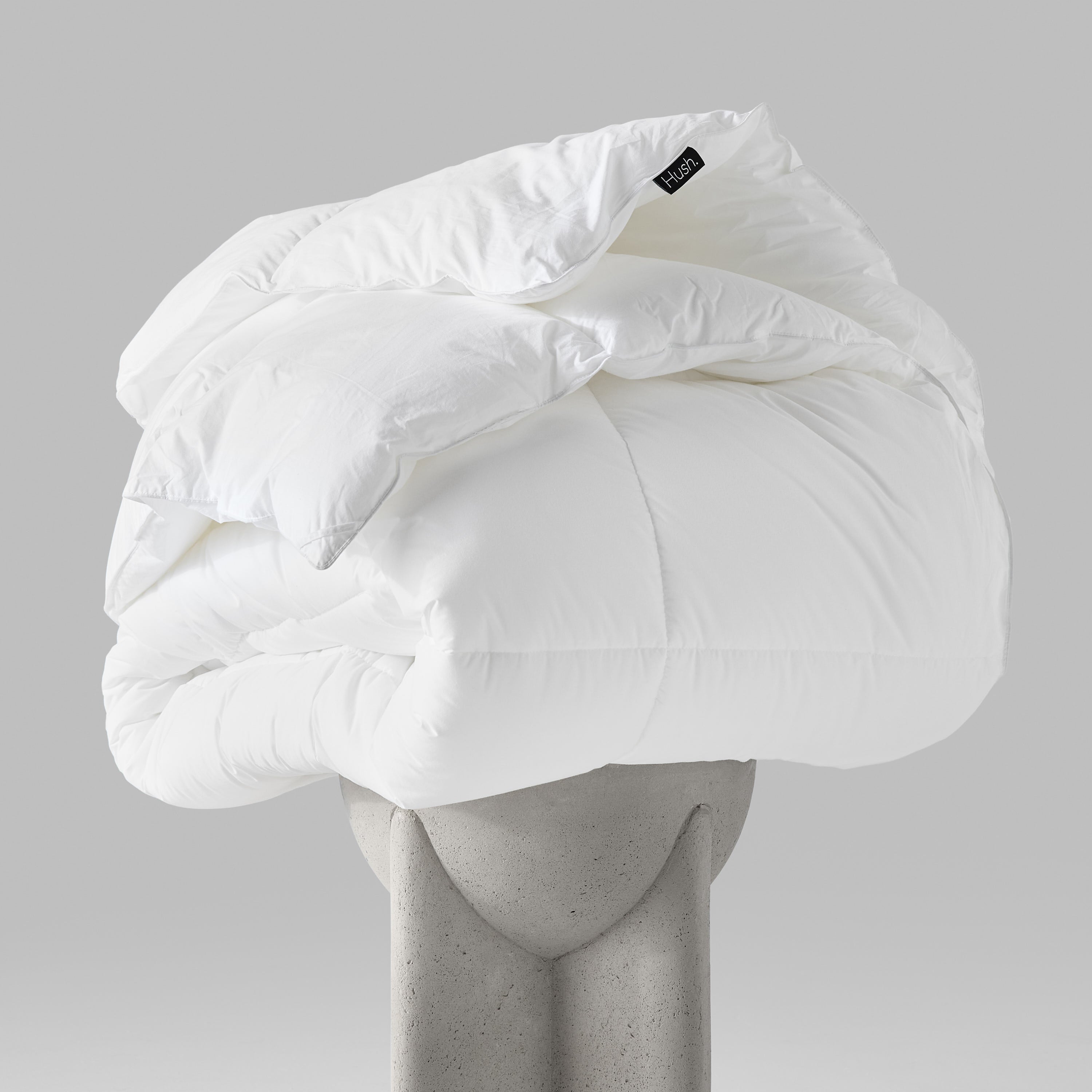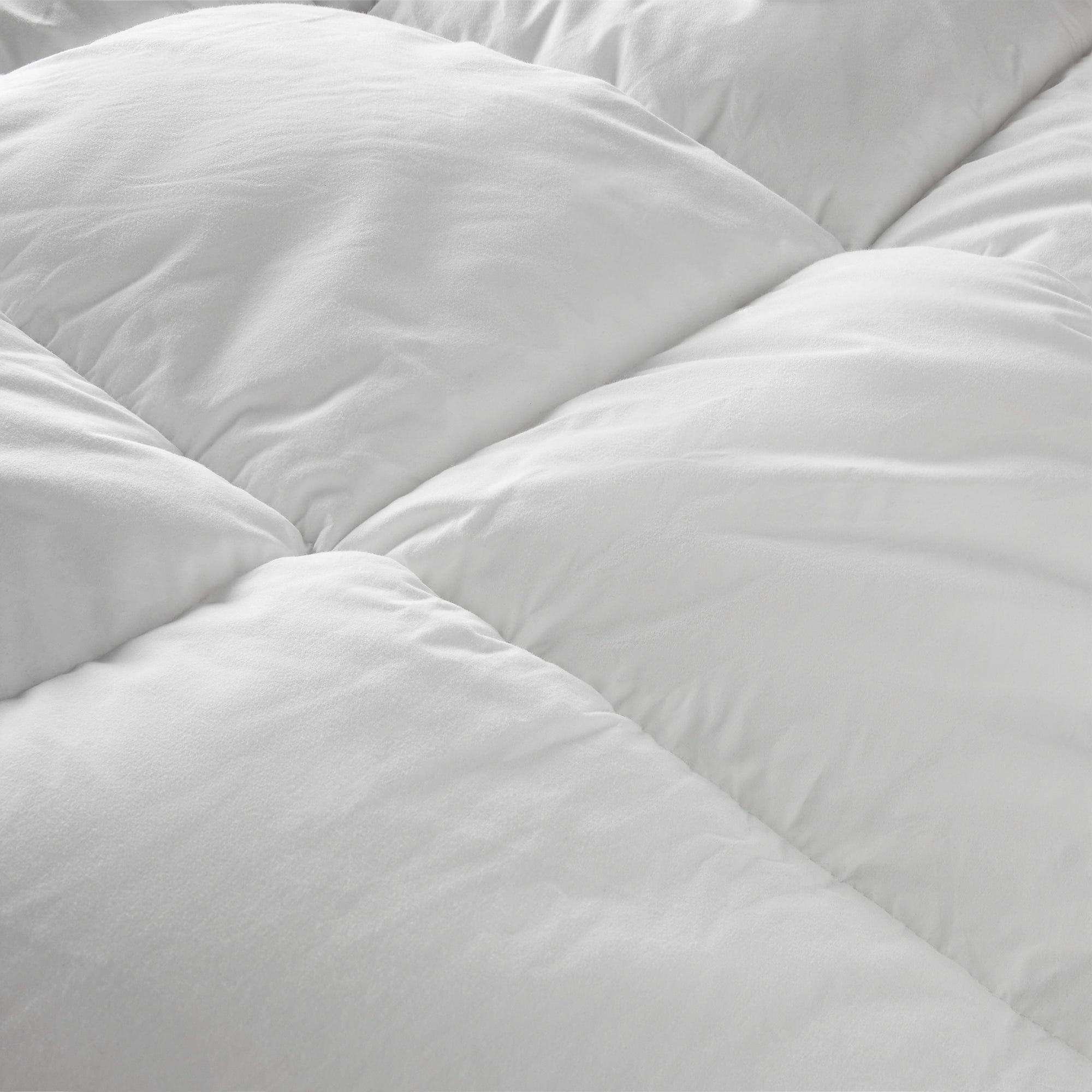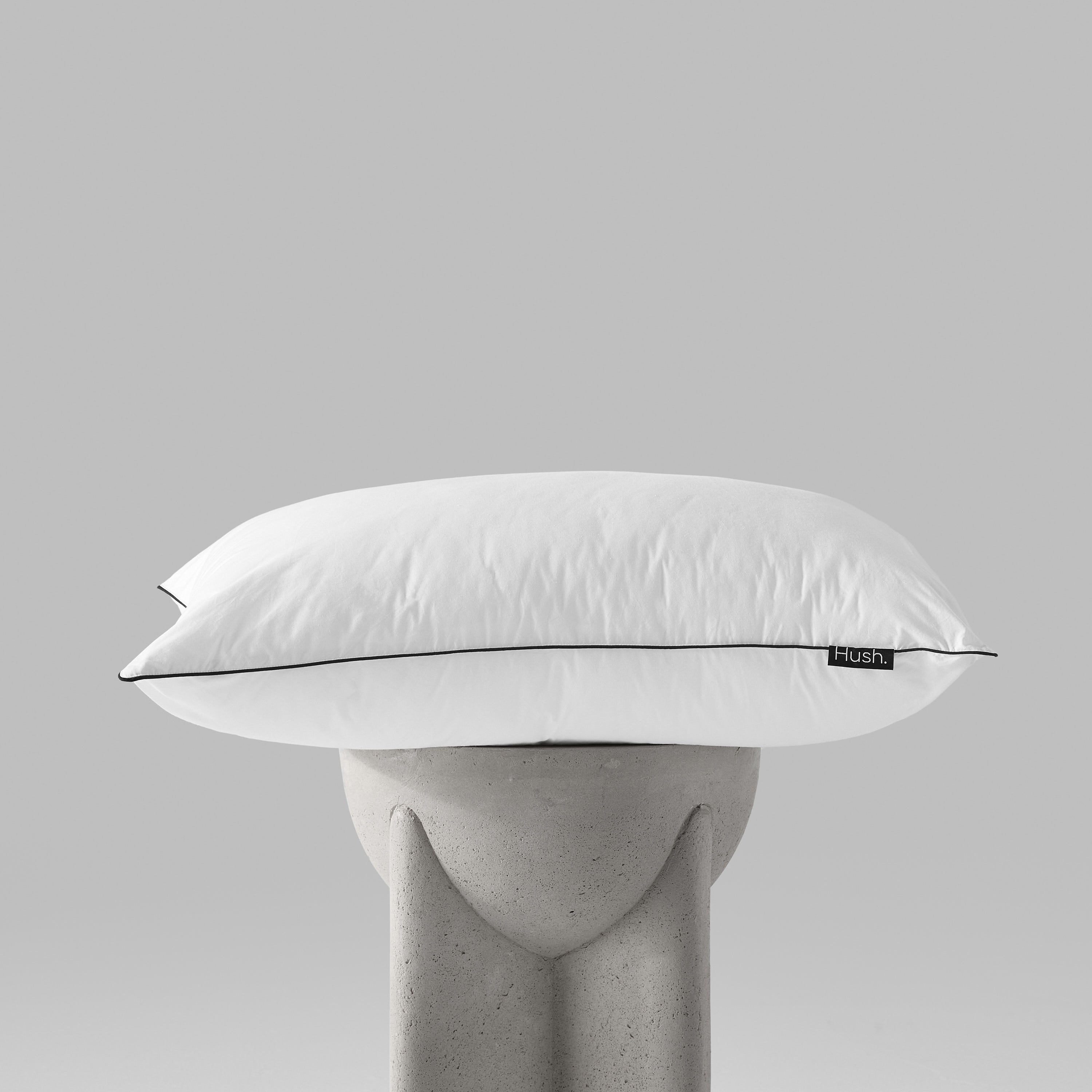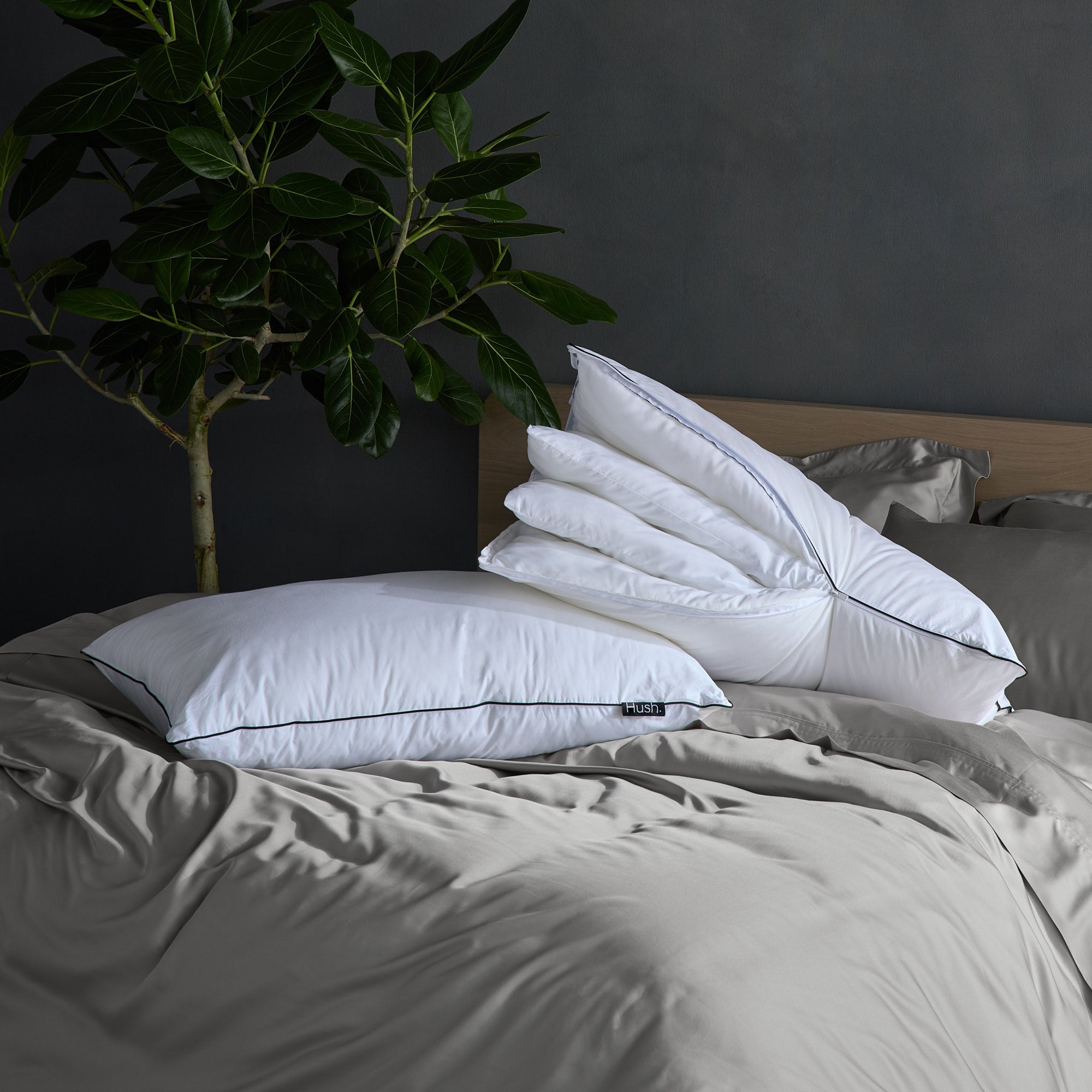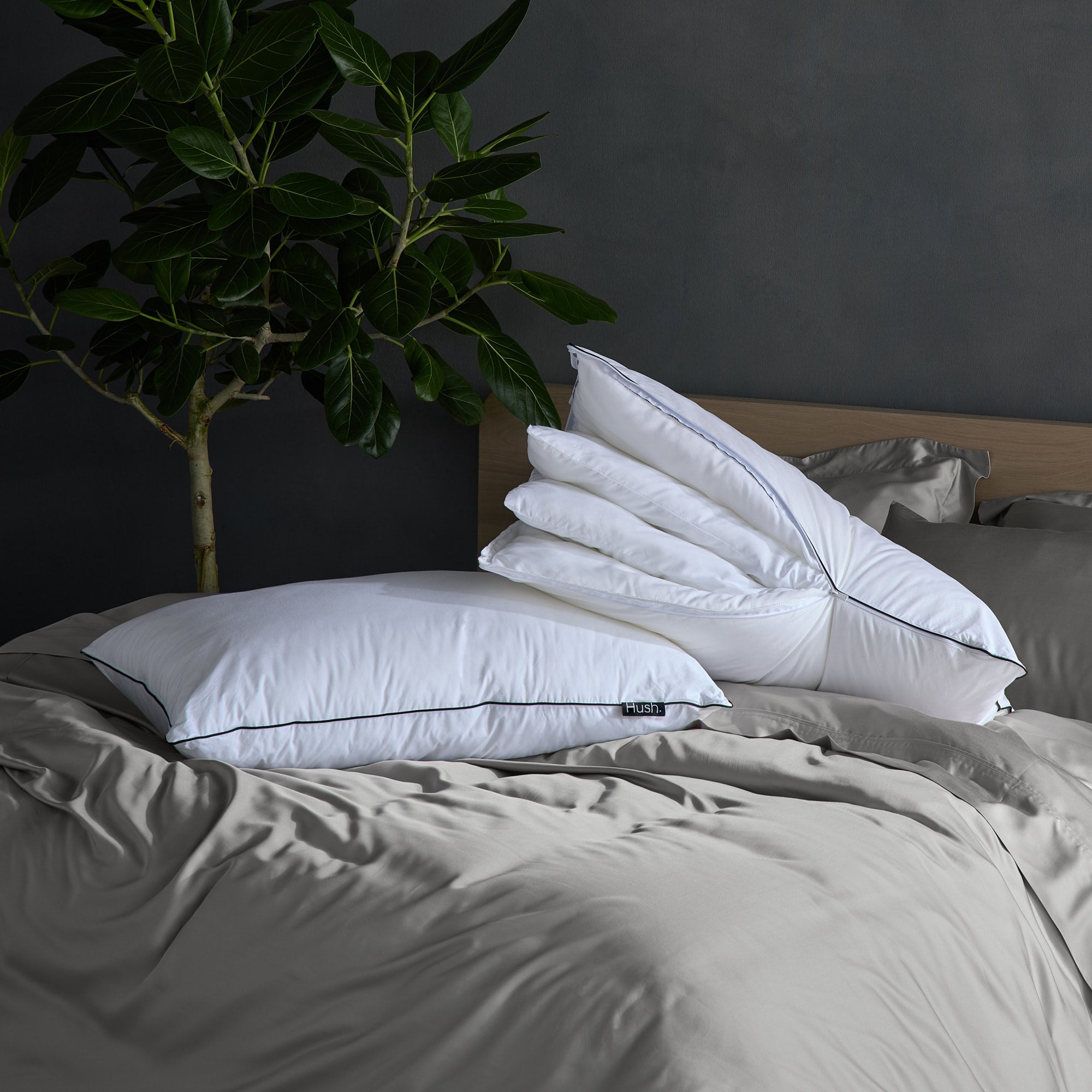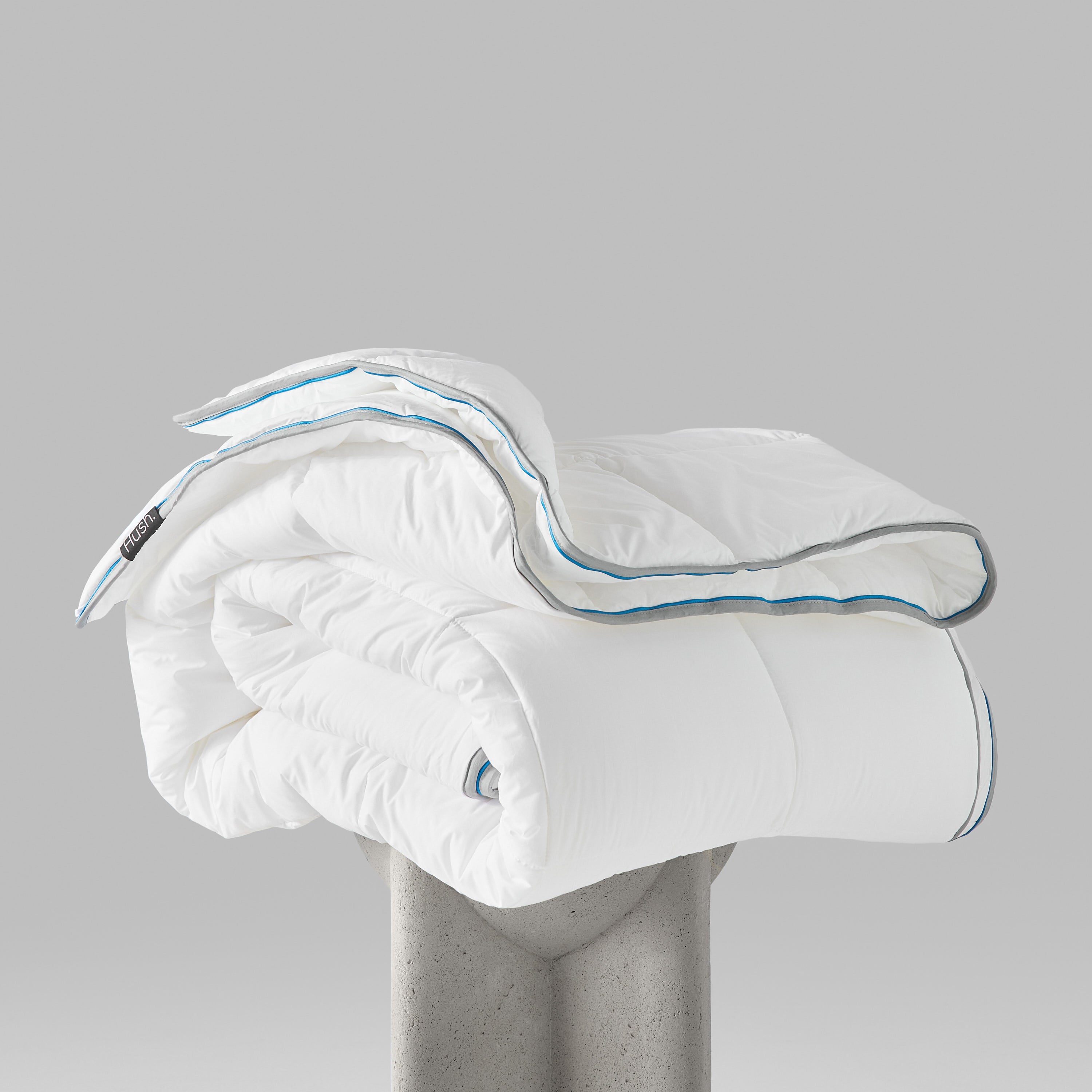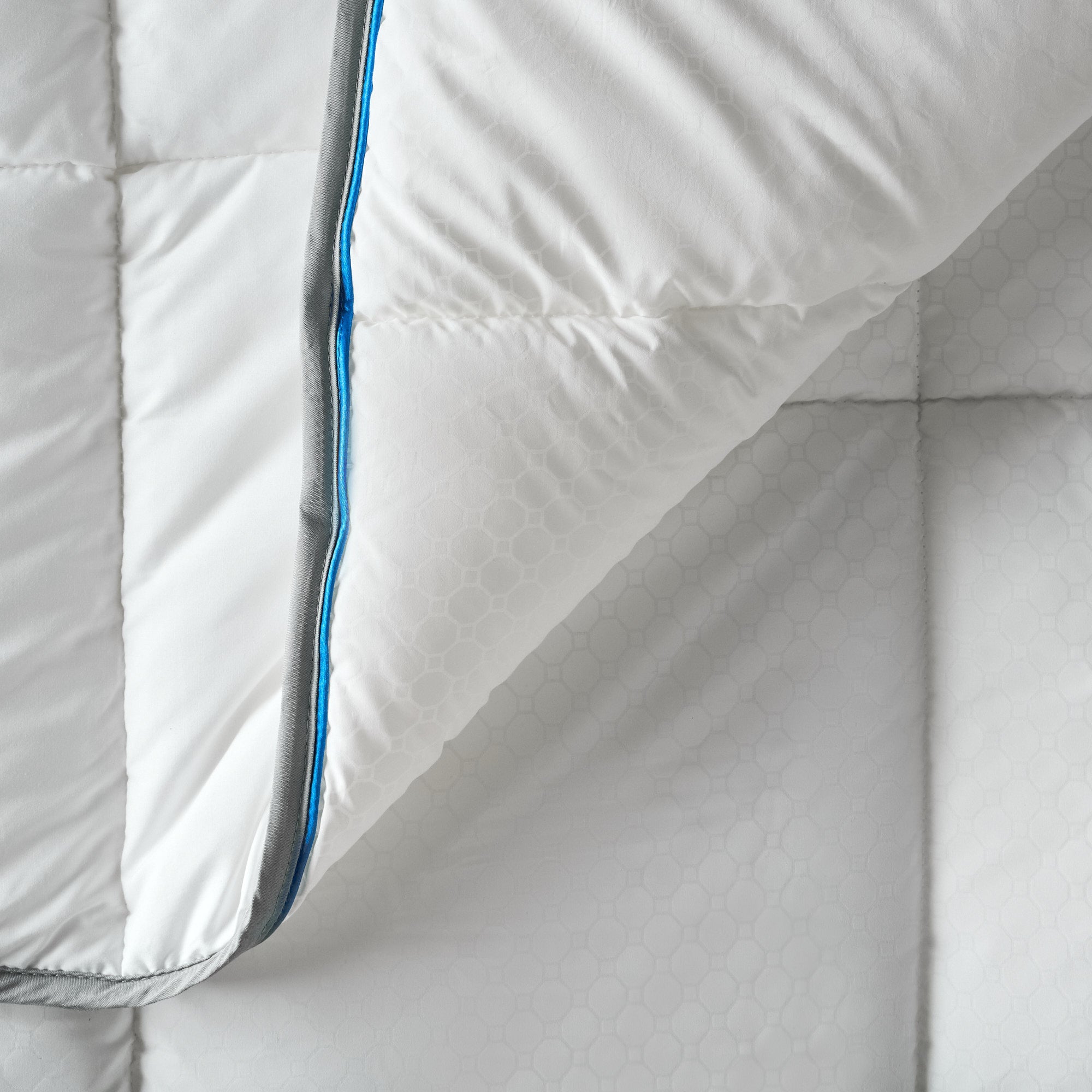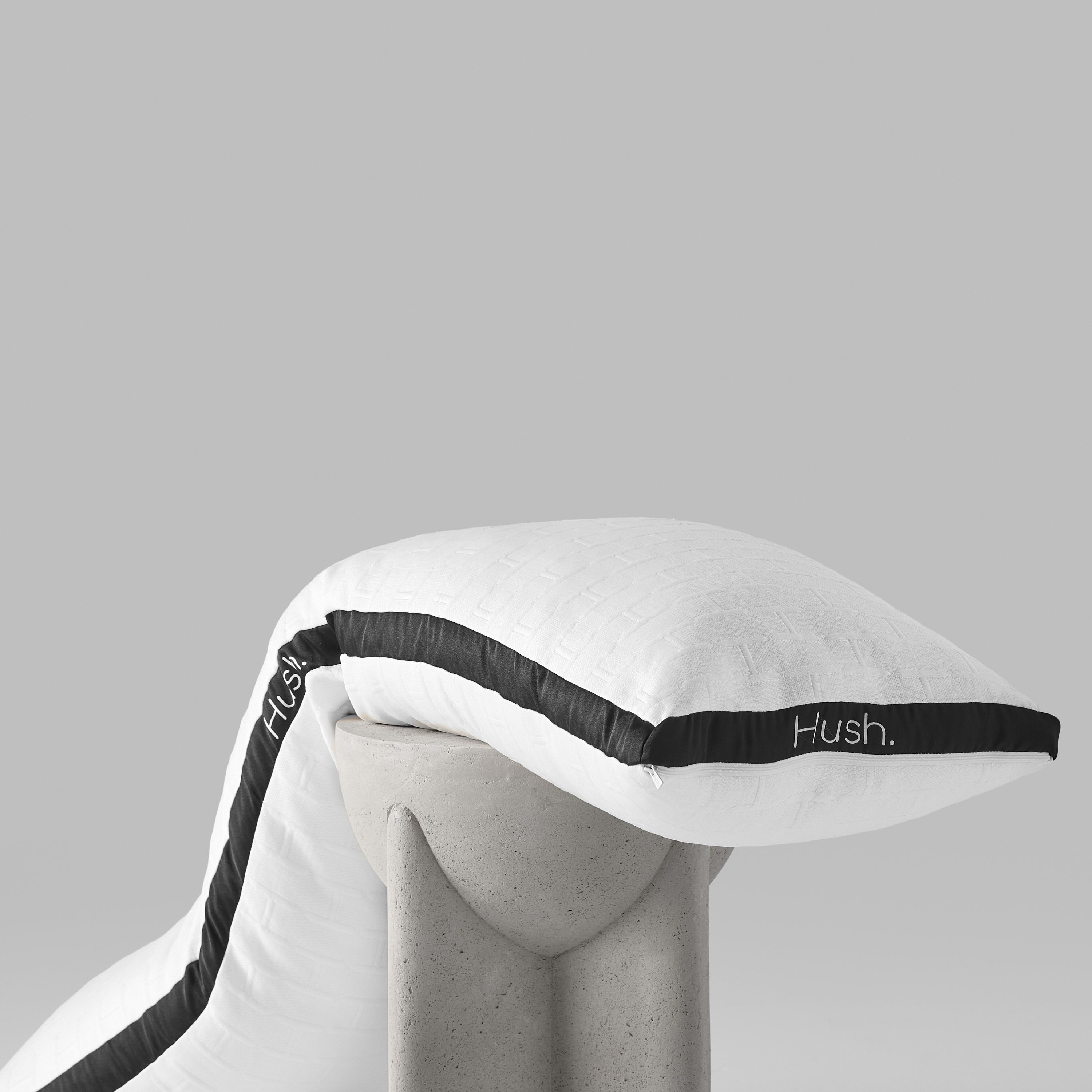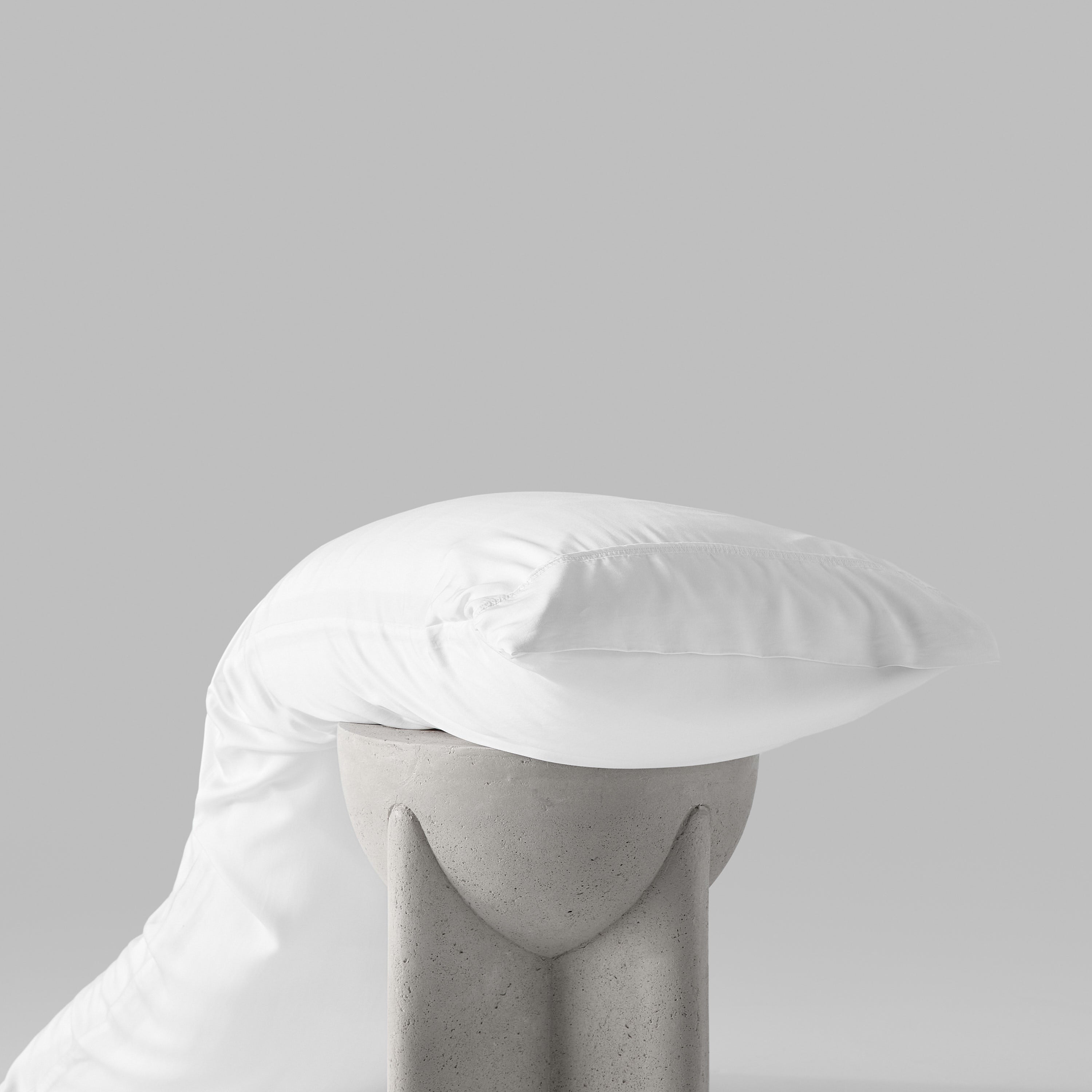
You're crawling into bed after a long and satisfying day, ready to get the restorative sleep you need for the next day. You get into your favorite sleeping position and wait for sleep to come. Several minutes later, you're still tossing and turning. Soon, you throw the blankets off as you try to get more comfortable. Nothing is working.
If this sounds like you, you're not alone. Keep reading. We'll go over why tossing and turning happens and what to do about it, so you can improve your sleep habits and find the rest you need.
Benefits of a Good Night’s Sleep

The first benefit of a good night’s sleep we think of is feeling rested. Knowing you're facing the new day with all of your energy is a great reason to work for good sleep on its own. However, sleep does so much more than that though. It also can:
- Increase immunity
- Boost mood
- Prevent weight gain
- Support creativity
- Improve heart health
- Support overall wellness
With all of these great benefits, it’s important to know how to get to sleep without tossing and turning.
What Is Tossing and Turning?
There’s no scientific definition of tossing and turning. It just means that you are restless when you’re falling asleep or when you are sleeping. That restlessness can mean you aren’t getting the sleep quality you need to feel totally refreshed when you wake up. That means, even though you may be getting the right amount of hours of sleep, you still feel groggy and tired in the morning.
Tossing and turning doesn’t look the same for everyone, according to the Sleep Foundation. For some, you flop around unable to get comfortable. For others, teeth grinding, waking up in the middle of the night, or talking while sleeping are signs of restless sleep.
Causes of Tossing and Turning

The short answer to this question is “maybe.” Tossing and turning does mean your sleep latency is off. Sleep latency is how quickly you fall asleep after going to bed. While it’s normal to not fall asleep as soon as your head hits the pillow, you should be fast asleep within a few minutes. Tossing and turning means you aren’t falling asleep quickly, or you’re not sinking into a deep, restful sleep.
Tossing and turning happens to everyone from time to time. Good sleep depends on several variables, so even just a small imbalance can be enough to cause restless sleep. Sleep can also become imbalanced when you suffer from a sleep disorder or other health issues.
When you find you’re tossing and turning during sleep, it’s important to reflect on possible changes that may be linked. It could be as simple as that extra cup of coffee in the afternoon, switching to nighttime workouts, a bedroom that is too hot or too cold, or eating foods that don’t agree with you. These could stimulate your body into the nighttime hours, disrupting your circadian rhythm and messing up your sleep.
A night or two of restless sleep often only requires a few small habit changes, like reducing the amount of alcohol you drink in the evenings or eliminating blue light exposure from electronics at least an hour before bed.
There are a few non-medical reasons why you are tossing and turning at night, according to Medical News Today. Here are some of the most common disruptors that cause sleep problems:
- Anxiety
- Stress
- Other mental health conditions
- Overstimulation
- Poor sleep schedule
- Oversleeping the night before
- Napping too long during the day
- Poor or imbalanced diet
Sometimes, tossing and turning is a sign of a more serious problem. Medical conditions can also cause tossing and turning during the night. Here are some common health problems that can cause restless sleep:
- Sleep apnea
- Other sleep disorders
- Drug interactions
- Multiple sclerosis
- Insomnia
- Restless leg syndrome (RLS)
- Chronic pain
Make sure to discuss any health and any medical concerns with your doctor, so you can best address the root causes and treatments.
How to Stop Tossing and Turning

If you are a chronic restless sleeper, the best solution to start with is improving your sleep hygiene. This will help your body recognize when it is time to sleep. Over time, this will help you fall asleep more quickly and deeply.
Sleep hygiene includes the routines and habits you practice to get restful sleep. It starts with a good nighttime routine that sets the stage for restful sleep. This could be practicing deep breathing before bed, journaling, or reading to slow your mind. It also includes things like making sure your bedroom is comfortable. This means adjusting the thermostat, blocking or eliminating distracting noises, and choosing a supportive mattress and pillow.
Here are some more tips for better sleep.
Set a Consistent Schedule
Setting a schedule for your bedtime and wake time is important for good sleep hygiene. Consistency about when you go to bed allows your body to feel awake and tired at the same time each day. This consistency helps your brain and body feel ready for bed at the same time each night. It also improves your sleep latency, so you’ll get deeper, more refreshing sleep.
Use a Weighted Blanket
A weighted blanket helps you stop tossing and turning through deep pressure stimulation. Deep pressure stimulation works by first slowing your breathing. When you take deep, slow breaths, it slows your heart rate. Your slower heart rate causes your brain to release serotonin — a “feel-good” chemical that promotes relaxation.
Sleeping under a weighted blanket helps you to spend more time in the deep sleep part of your sleep cycle, according to Psychology Today. That deep sleep is what helps you feel great when you wake up.
Eliminate Electronics From the Bedroom
Removing your electronic devices from the bedroom supports your sleep. The blue light from your devices can trick your body into being more awake than it should be.
Scrolling through social media accounts can be stimulating to your brain, encouraging you to keep scrolling until it’s way past your bedtime.
Reduce Light
Bright lights can be stimulating, leaving you wide awake in the middle of the night. Close your curtains, turn off any lights you can see in the room, or sleep with an eyemask.
Move Your Body
Your body is made for movement. When you don’t get it, the excess energy can keep you tossing and turning at night. Even just 30 minutes of light physical activity (think: taking your dog for a walk around your neighborhood) is enough movement to help you sleep better at night.
Drink Herbal Teas
Herbal teas don’t contain caffeine, so you can get the soothing properties of the hot beverage without the stimulation. Teas like chamomile can help ease anxiety and stress.
Settle Into Sleep

You don’t need to keep tossing and turning every night. You can stop your sleep deprivation and other sleep issues through a few simple tweaks to your sleep hygiene. Consider adding a weighted blanket to your sleep routine.
A weighted blanket will help increase your relaxation hormones, and those will help you settle into the restful REM sleep you crave. The Hush 2-in-1 Bundle allows you to use the same inner weight but switch the outer cover for coolness or warmth. This way, you'll be ready for both warm summer nights and cool air-conditioned bedrooms. Hush Blankets also have a 100-night guarantee. This means you can rest easy. Good, restful sleep is on the way.

